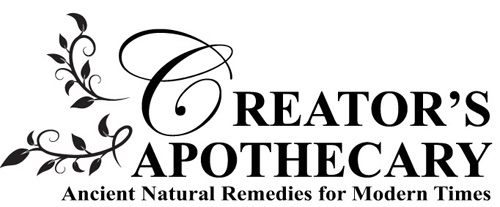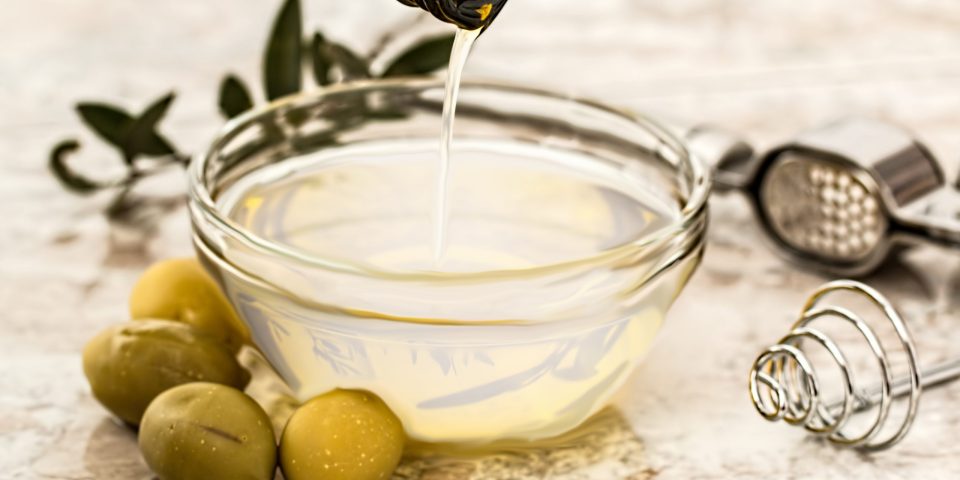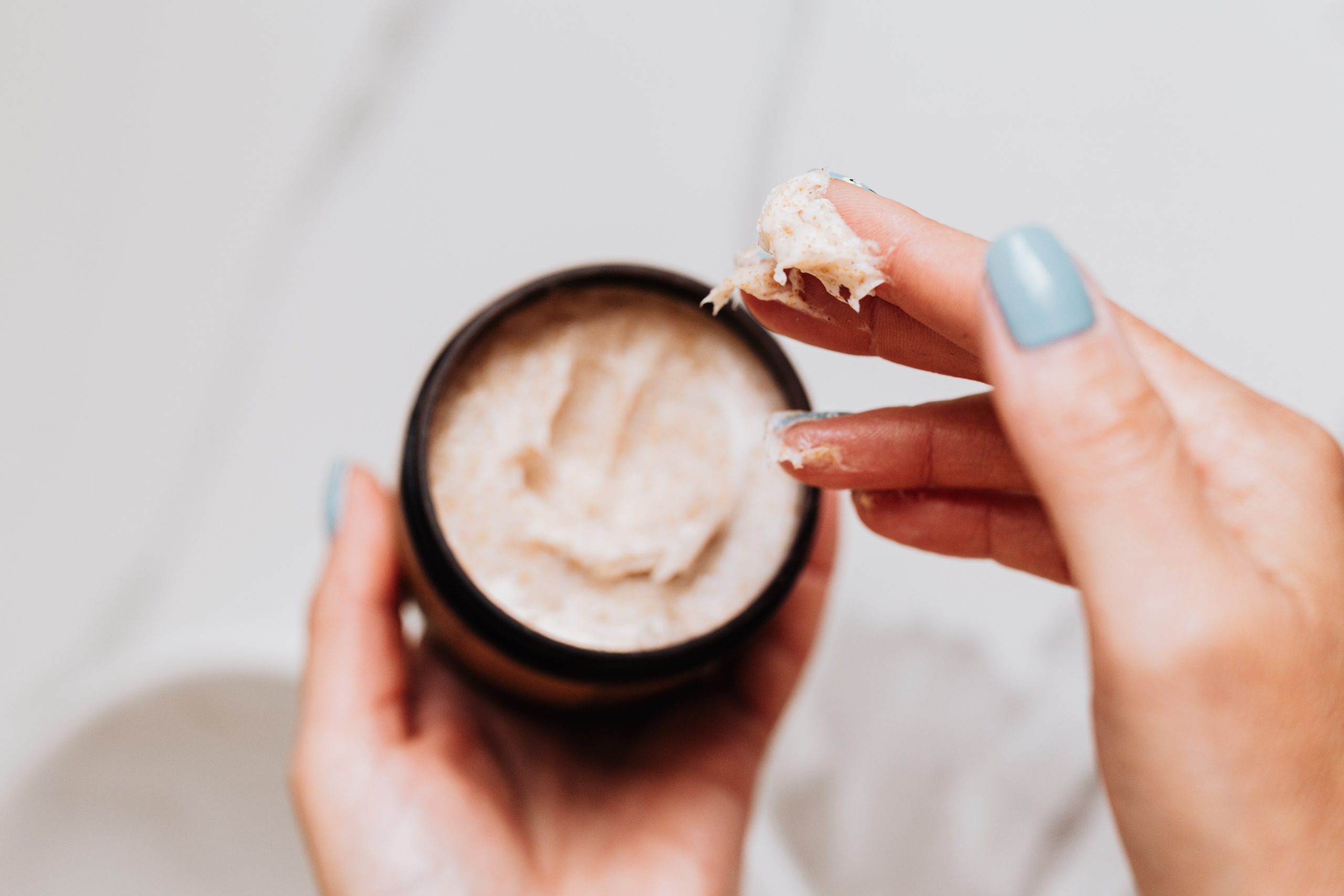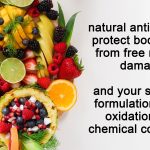Squalene is an organic saturated and stable hydrocarbon that is found naturally in the skin. It is a triterpenoid with the formula C30H50. It is a colourless oil, although impure samples appear yellow. It was originally obtained from shark liver oil (hence its name, as Squalus is a genus of sharks).
An estimated 12% of bodily squalene in humans is found in sebum. Squalene has a role in topical skin lubrication and protection.
Squalene vs. Squalane
Squalene (with an “e”) is a lipid produced naturally by your own skin cells. But the amount of squalene your body produces declines with age.
Squalene must be hydrogenated to be useful in skin care products. Animal and plant squalene is too unstable to be used in skin care products. When exposed to oxygen, it can become rancid and spoil quickly.
Before it can be used in skin care products, squalene must be hydrogenated into squalane (with an “a”), which is a stable form of the molecule.
Hydrogenation is the process of converting squalene from an unsaturated oil to a saturated oil (squalane). Hydrogenation makes the oil more skin-friendly and helps increase its shelf life.
Highly Emollient & Non-comedogenic
Squalane is highly emollient, and is an exceptional hydrator that can prevent ongoing loss of hydration that impairs skin’s suppleness.
Squalane is non-comedogenic and is suitable for use on all skin types. It can also be applied to hair to increase heat protection, add shine and reduce breakage potential.
Plant derived sources for squalane include:
- Amaranth Seeds
- Coconut Oil
- Corn Oil
- Olives
- Palm Kernel Oil
- Rice Bran
- Sugarcane
- Vegetable Shortening
- Wheatgerm
Although there are multiple plants sources for squalane the two most common sources from which squalane is derived are olives (about 80-90%) and sugarcane (10-20%).
Skin Care Uses for Squalane:
Moisturizing: Squalane is an excellent moisturizer and leaves skin hydrated, plump and soft. The texture is super-light and non-greasy, and it sinks into the skin fast.
Eye and Lip Treatments: Squalane is ideal for both treating and preventing eye-area dryness. It also heals chapped lips better than most lip balms.
Collagen Booster: Regular use can also boost collagen production, resulting in firmer skin.
Prevents Irritation: Unlike other moisturizers, squalane is clinically proven to be non-irritating, making it great for people with sensitive skin conditions. It’s also completely odorless and colorless. According to research, squalane has anti-inflammatory properties that can reduce redness and swelling. Squalane is useful for skin conditions including inflammatory acne, eczema, psoriasis, dermatitis, and rosacea.
Non-Comedogenic: Although theoretically, any oil can be clogging, squalane is one of the LEAST likely to cause issues in clogging pores.
Oil Control: Squalane can help regulate excess oil production. That makes it a better choice than jojoba, which also has this property, but jojoba is a less stable monounsaturated fat.
Soothes: Squalane can speed healing of cracked or chapped skin, and soothes eczema, dermatitis and psoriasis.
Fights Bacteria: Squalane is naturally antibacterial (just like coconut oil).
Provides Protection from Oxidative Damage: Most importantly, squalane helps protect your skin from the free radicals that can cause age spots and premature aging. It may even help fade dark pigment over time. The antioxidants in squalene also fight skin damage and free radicals, which can both accelerate the aging process. According to research, squalane is also a detoxifier.
REFERENCES
https://www.forealbio.com/plant-squalane/Squalane from FreShine Chemicals: Vegetable Squalane – Olea Europeae
Ronco, Alvaro L.; De Stéfani, Eduardo (20 December 2013). “Squalene: a multi-task link in the crossroads of cancer and aging”. Functional Foods in Health and Disease. 3 (12): 462–476. doi:10.31989/ffhd.v3i12.30. ISSN 2160-3855.
Pappas, A (1 April 2009). “Epidermal surface lipids”. Dermato-Endocrinology. Taylor & Francis. 1 (2): 72–76. doi:10.4161/derm.1.2.7811. PMC 2835894. PMID 20224687.
Kim SK, Karadeniz F. Biological importance and applications of squalene and squalane. Adv Food Nutr Res. 2012;65:223-33. doi: 10.1016/B978-0-12-416003-3.00014-7. PMID: 22361190. https://pubmed.ncbi.nlm.nih.gov/22361190/
Lou-Bonafonte JM, Martínez-Beamonte R, Sanclemente T, Surra JC, Herrera-Marcos LV, Sanchez-Marco J, Arnal C, Osada J. Current Insights into the Biological Action of Squalene. Mol Nutr Food Res. 2018 Aug;62(15):e1800136. doi: 10.1002/mnfr.201800136. Epub 2018 Jul 19. PMID: 29883523. https://pubmed.ncbi.nlm.nih.gov/29883523/
What Is Squalane and What Are Its Benefits for Skin and Hair? Medically reviewed by Reema Patel, MPA, PA-C — By Valencia Higuera — Updated on October 12, 2020, https://www.healthline.com/health/squalane
Grace to you and peace from God our Father and the Lord Jesus Christ. Philippians 1:2
Til next time,





